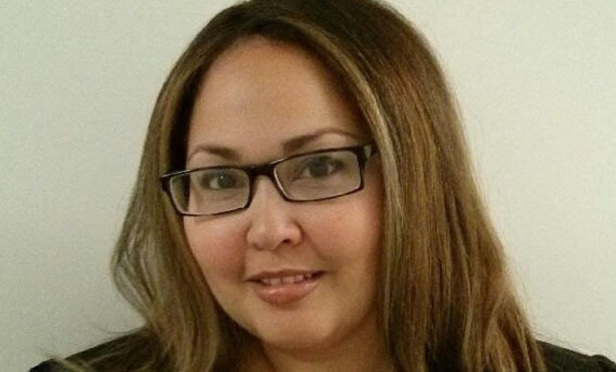Since King John’s seal was affixed on the Magna Carta, its reach has been extensive and prevalent in the 800 years to follow, making appearances in numerous symbols of American culture and law, from the U.S. Postal Service issuing stamps commemorating the Magna Carta in 1965, to being cited in over approximately 170 U.S. Supreme Court opinions, to even influencing the world of hip hop in Jay Z’s 2013 album, aptly titled Magna Carta Holy Grail. As one of the earliest writings delineating certain rules of law, such as due process, habeas corpus, right to travel and trial by jury, the Magna Carta has undoubtedly become a symbol of basic human rights in America, furthering the message that the sovereign, and those powerful enough to lead it, are not above the law and must respect the rights of the individual.
Interestingly, despite the Magna Carta’s significant role in our development as a nation, many Americans find themselves fighting for some of the basic rights it outlines. One of the most glaring examples has been dominating headlines in recent months: the alleged excessive use of force by police officers towards unarmed males of color (the fatal shooting of unarmed teenager, Michael Brown in Ferguson, and Eric Garner, who died after being put in a chokehold by police officers in Staten Island, being just two examples). Of course, while dramatic events are often at the forefront of the evening news, we rarely hear about the countless times when officers choose to hold fire and display a remarkable level of restraint, even under the most extreme circumstances—situations engulfed by a level of stress and fear that most civilians cannot even imagine. However, given the position of authority held by police officers, whenever a single officer engages in behavior that offends the sense of justice among large sections of the population, this delicate tapestry of societal cooperation begins to erode. And symbols of human rights, freedoms, and fairness remain just that, symbols that lend themselves to poetry or rhetoric, rather than a reflection of actual community interactions.



